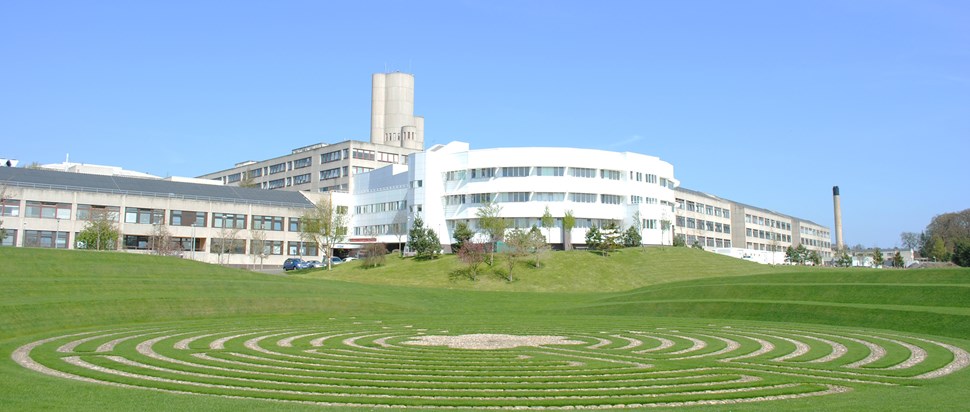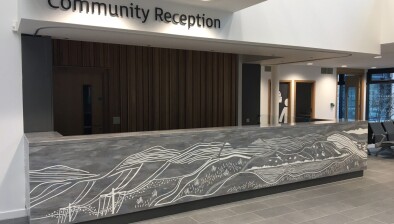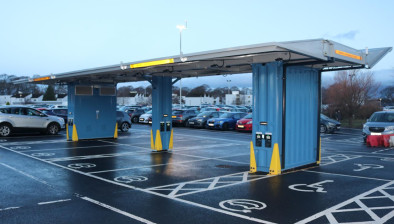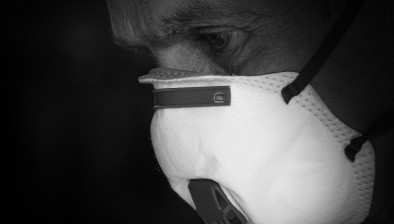More than 250 NHS Scotland buildings may contain dangerous concrete

Ninewells Hospital in Dundee (Image courtesy of NHS Scotland)
A potentially dangerous type of concrete could be present in more than 250 NHS buildings in Scotland, it has emerged.
A Safety Action Notice issued by NHS Scotland in February over the risk posed by reinforced aerated autoclaved concrete (RAAC) said roofs, walls and flooring made of RAAC were at “risk of catastrophic structural failure”, which could occur “suddenly” and “without warning”.
The health body has since completed a “desktop survey” of its estate which has identified 254 NHS buildings that “have two or more characteristics which are consistent with the presence of RAAC”.
Major sites including Ninewells Hospital in Dundee, University Hospital Crosshouse in Kilmarnock and the Queen Elizabeth University Hospital in Glasgow have been named as potentially containing the material. The sites identified in the initial survey range from main ward hospital blocks to disused public toilets.
NHS Grampian has the highest number of potentially affected buildings, at 53, followed by NHS Greater Glasgow and Clyde with 44 and NHS Lothian with 35.
NHS Highland identified 25 potentially affected buildings, while NHS Fife had 22. NHS Forth Valley reported eight and NHS Borders seven.
On-site investigations, which could take up to eight months to complete, are now underway to determine whether RAAC is actually present.
Reinforced autoclaved aerated concrete was used to build roofs, walls and floors from the 1960s to the 1990s. It was widely used in public buildings and has been found in Scottish hospitals, schools and police stations. It is recognised that RAAC panels have material and construction deficiencies making them less robust than traditional concrete and is considered in industry terms ‘a latent defect’.
NHS Scotland warned in its Safety Action Notice that RAAC planks are considered to be “relatively weak and prone to degradation over time”.
It added: “The limited visible exposure of panels to assess their condition may result in catastrophic failure without warning.”
But a Scottish Government spokesperson said there was “no evidence to suggest that these buildings are not safe.”
The spokesperson added: “A desktop review to assess which properties should be investigated for the presence of reinforced autoclaved aerated concrete (RAAC) has identified that 254 buildings have two or more characteristics which are consistent with the presence of RAAC. These will now be further investigated through discovery surveys to determine whether RAAC is actually present.
“Completion of the discovery surveys, lead by NHS Scotland Assure, will provide an accurate assessment of how many, and which, of these properties contain RAAC.”
Pupils at Trinity and Cramond primaries in Edinburgh will be moved into temporary classrooms when the new term begins next month after RAAC was found in the roofs.
Other local authorities, including West Lothian Council, have already set out plans to spend millions replacing RAAC panels in schools.














